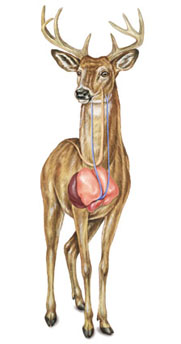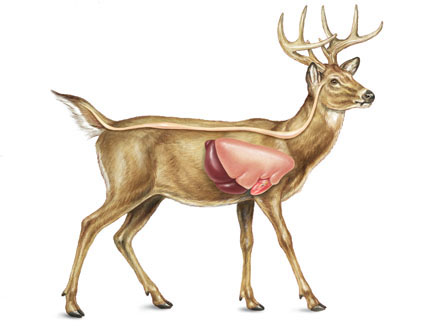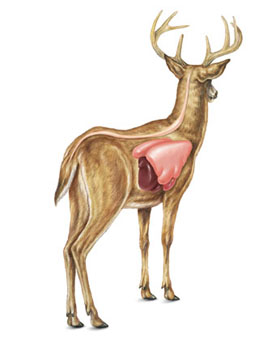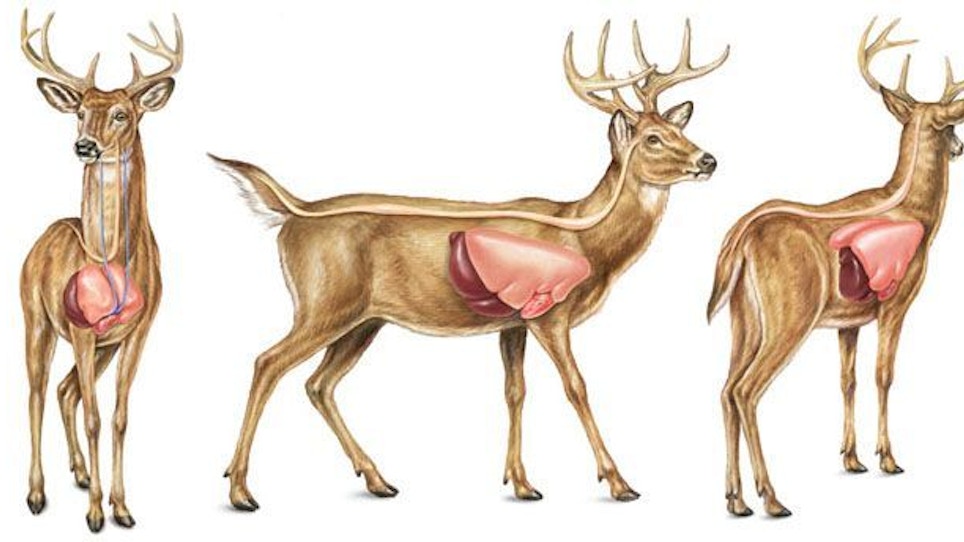 During the years I spent working as a professional hunting guide and outfitter, I saw many lifelong dreams of a trophy go up in smoke as hunters missed that one important shot. However, with a little time spent in training, any hunter can master this skill. Here is how you can improve your hunting success by making that first shot count:
During the years I spent working as a professional hunting guide and outfitter, I saw many lifelong dreams of a trophy go up in smoke as hunters missed that one important shot. However, with a little time spent in training, any hunter can master this skill. Here is how you can improve your hunting success by making that first shot count:
Know Your Rifle And Load
If you have long shooting opportunities such as utility rights-of-way, large fields, new clear-cuts, and open woods with little understory, then you will want to consider hunting with a rifle and load that is capable of delivering at least 1,200 ft./lbs. of energy out to the maximum effective range of the rifle caliber. This information is available in the ballistics charts found in ammunition catalogs or reloading manuals. Most deer rifle calibers in the .270 Win. to .300 Rem. Ultra Mag fit into this category.
Proper Sight-In
Begin sighting-in your rifle during the latter part of the summer. Know your rifle’s capability. Shoot regularly and learn where to hold on the target for all distances within that capability. Do not accept mediocrity in sighting-in your rifle. Keep working until you know it will shoot where you have sighted it.
Learn To Shoot In Various Positions
Once you have your rifle sighted-in and you are hitting consistently, you will want to start shooting from the positions you will likely encounter during your actual hunt.
The tree stand has become one of our most important hunting tools, but have you ever practiced shooting from one? Place your tree stand on the edge of your shooting range and begin shooting from all probable positions that you will most likely encounter. Suddenly you will see why you might have missed some shots in the past.
If you like to take a ground stand and watch deer trails or feeding areas, practice shooting from a sitting position. If you are a spot-and-stalk hunter, practice shooting from a standing and kneeling position. Also try using a post or tree as a rifle support.
 Good Distance Judgment Is A Must
Good Distance Judgment Is A Must
Misjudging distance accounts for a high percentage of misses on the first shot. If you can’t tell whether a buck is 50 yards out or 150 yards out, you will not bring home many trophies.
The easy answer is to use a laser rangefinder. However, not every shooting situation will permit you the time or opportunity to use a rangefinder, which are somewhat expensive to boot.
One of the best ways to train yourself to judge distance accurately is to practice shooting at life-sized deer targets at an unknown distance. Find a shooting range where you have a safe impact area, and have a friend set up life-sized deer targets at varying distances. Have him number each target. The range should be from about 50 yards to 200 yards for most centerfire rifles. Have your friend stand behind you and call a number. You have ten seconds to find the right deer, estimate the distance, and get a shot off trying to hit a vital area. It won’t take you long to get the hang of distance judging under these conditions, especially if your friend is a hunter and is trying to outshoot you.
Know The Vital Areas Of A Deer
One of the most important steps in learning how to make a one-shot kill is to learn the vital areas of the deer anatomy so that you will know where to aim. No hunter should ever pull the trigger of his rifle on any big-game animal unless he is sighted-in on a vital area and is reasonably sure the shot will hit there.
 The best way to begin to learn the vital areas of a deer is to study a vital area chart or a target which has the vital areas on it. Notice how low and small the heart is on the body of a deer. Most hunters think it is higher and larger. Memorize the location of the lung area and how the shoulder covers part of the lung. Note the locations of arteries, spine and liver. Take note of these vital areas of a deer standing looking at you and quartering away.
The best way to begin to learn the vital areas of a deer is to study a vital area chart or a target which has the vital areas on it. Notice how low and small the heart is on the body of a deer. Most hunters think it is higher and larger. Memorize the location of the lung area and how the shoulder covers part of the lung. Note the locations of arteries, spine and liver. Take note of these vital areas of a deer standing looking at you and quartering away.
Making The Shot
The last step in mastering the one-shot kill is to practice over and over again what you will do when the moment of truth arrives and you are looking at your trophy. Learn to go through a mental checklist. Is it a legal buck? How far away is it? Are you in a good shooting position? Can you hit a vital area from your position? With these questions answered, take a deep breath, control your excitement, and put good marksmanship to work.
This might sound simple, but I have seen many experienced hunters who could not put it all together when the time came. They shot at deer too far away, or they sighted in on a deer without actually knowing the exact point they aimed for, or they could not shoot with accuracy from a tree stand or on the ground.
The art of making a one-shot kill is one which requires a lot of practice and some self discipline on the part of the hunter, but the reward in the end is worth it. To make a skillful, clean, quick kill with the first shot is very satisfying and the mark of a true sportsman.






